Vietnam veteran Joe Sokolowski feels like a pretty lucky guy.
He worked until he was nearly 67. He has three kids and two grandchildren. And he’s generally been healthy.
“I (haven’t) had a cold in years,” the Reed City, Michigan, man said. “I can’t remember the last time I had a cold.”
But now, at age 68, things aren’t going as smoothly. He had a stroke in the spring, and he’s receiving chemotherapy treatments for lymphoma.
Plus he took a bad fall in his driveway this summer.
Since his stroke, Sokolowski has been using a walker to get around. Trying to get into the car for a visit to his brother, he went down.
“I got busted up,” he said. “It’s bad when you get hurt like that.”
Doctors at Spectrum Health Butterworth Hospital inserted a metal rod into his leg to hold the bones in place, and then he spent a couple of weeks in inpatient physical rehabilitation.
They say you can’t keep a good man down, and that’s true for Sokolowski.
“I wasn’t going to give up,” he said. “I was only there two weeks and came home.”
Today he’s doing things a little differently. He’s moving slower, and letting his wife help him get safely into and out of the car.
“Now I know what the doctor meant when he said to take it easy, don’t rush,” Sokolowski said. “Take your sweet old time and you’ll get there.”
Those are good words of advice.
‘Grandma doesn’t need another Yankee candle’
Every 13 seconds, an older American takes a fall, according to the National Council on Aging, and one out of four Americans fall every year.
“Falling doesn’t have to be a part of aging,” according to Laura Maclam, injury prevention and outreach coordinator for the Butterworth Hospital trauma team. As a nurse and a former paramedic, she has seen more than her share of falls.
Now Maclam enjoys presenting a program called Safer Seniors at community events.
The program includes these 6 fall-prevention ideas:
- Review medications. Once a year, have your doctor or pharmacist review your prescriptions and over-the-counter medications. Drug side effects or interactions can make you lightheaded and increase your risk of falling.
- Be active. Getting and staying active can improve your balance, strength and flexibility. Check out your local senior center for classes or get into a routine of regular exercise at home. As Maclam said, “If you want to walk every day for the rest of your life, walk every day now.”
- Think home safety. Get rid of decorative throw rugs, piles of books and anything else that could be a tripping hazard, and then add lamps and overhead lights for better visibility. Add grab bars in the bath and handrails by the stairs. Reorganize your cupboards so everything is within reach. And, if you have pets, be extra careful: More than 86,000 people end up in the emergency department every year with pet-related accidents.
- See straight. Vision often changes as we age, but wearing the right glasses can help you see steps, obstacles and pets that tend to get underfoot.
- Check your hearing. There’s a close link between ears and balance, which is why experts recommend getting your ears checked once a year. Your ears also send you signals about your surroundings, from what kind of surface you’re walking on to whether there’s a car approaching.
- Wear sensible shoes. From sloppy slippers to sexy heels and stylish sandals, the wrong footwear causes many falls each year. The safest shoes have a solid back, less than a 1-inch heel, and fasten securely around the foot.
Her final piece of advice? Talk to family members about helping with home repairs and doing minor chores around the house.
“Grandma doesn’t need another Yankee candle,” she said. “Instead, install a grab bar in her bathroom or fix her sidewalk so she doesn’t trip.”
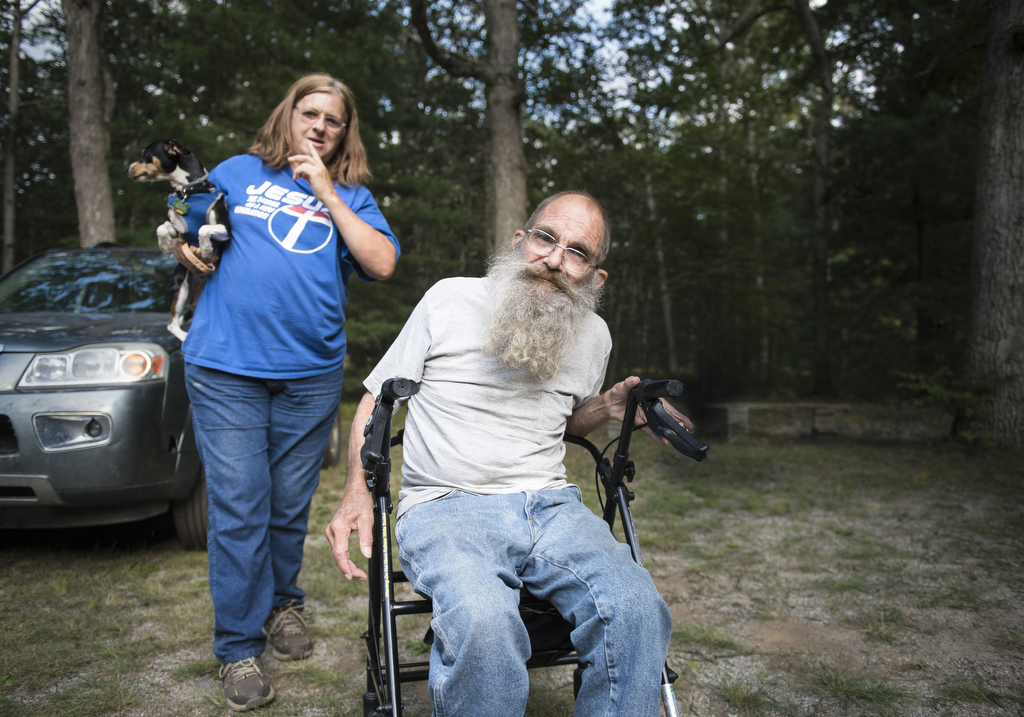
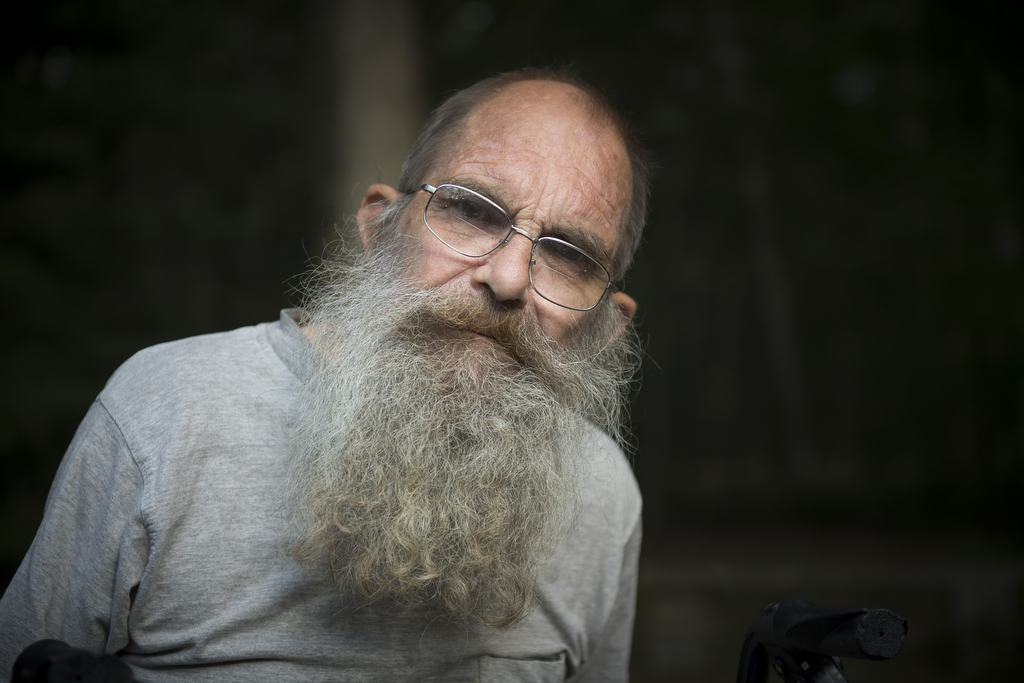
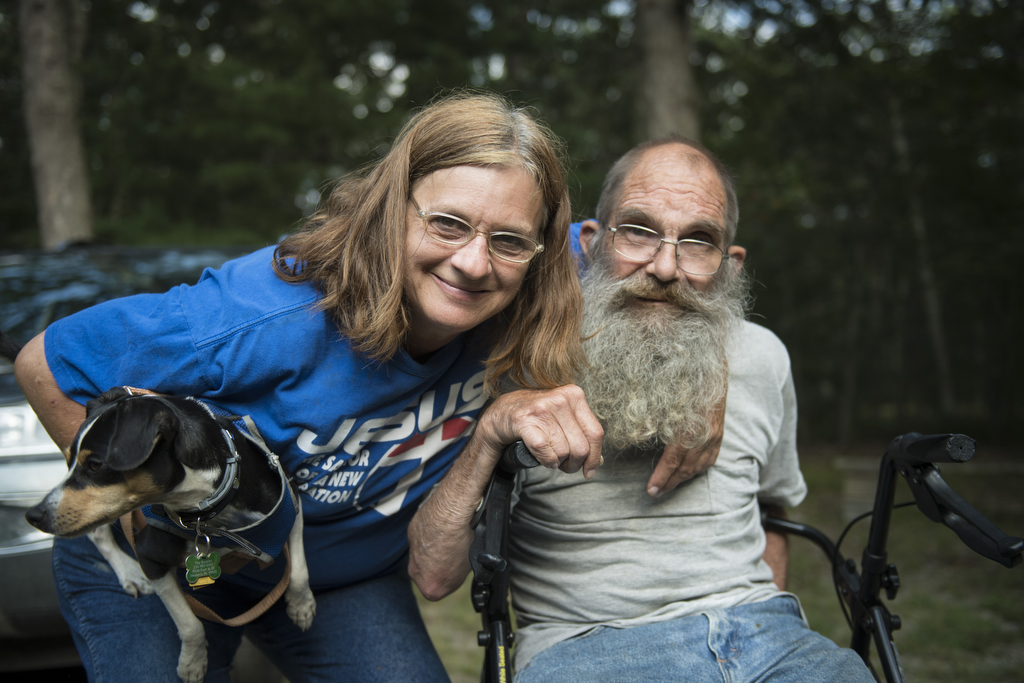
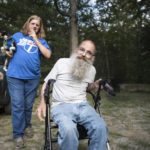

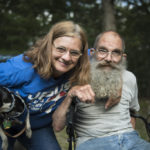
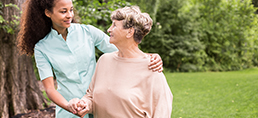 /a>
/a>
 /a>
/a>
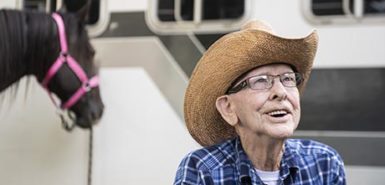 /a>
/a>
I’ve never been ‘graceful’, so reviewing this type of info–especially as my husband & I age–is really helpful! I’d rather prevent an accident than have to recover from one!
Oh yes, Arlene, an ounce of prevention is worth a pound of cure. I know I’ve heard that saying many times in my life. 🙂